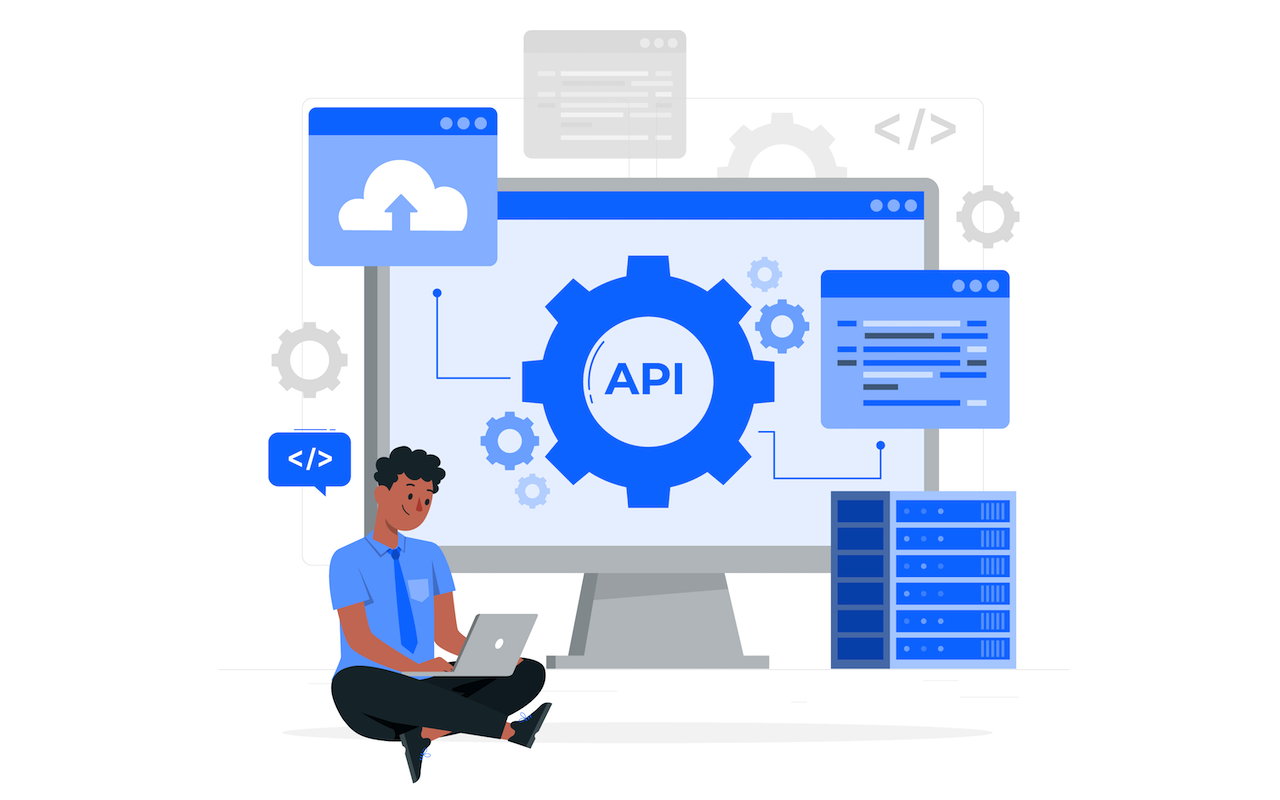
Exposed APIs are top attack targets. VAPT validates security controls and uncovers logic flaws others miss.
APIs power modern apps from mobile interfaces to microservices and B2B integrations. But every API endpoint is a potential doorway to your backend systems and data. Unfortunately, many organizations treat API security as an afterthought, relying on basic authentication, TLS, or static code checks. That’s not enough. Vulnerability Assessment and Penetration Testing (VAPT) is essential for identifying weaknesses in authentication, access controls, business logic, and error handling before attackers have the chance to exploit them.
Why APIs Are Prime Targets
Unlimited Exposure
APIs are accessible over the internet, exposing internal logic to potential attackers.
Business Logic Complexity
APIs often contain complex flows calculations, promotions, and permissions creating opportunities for abuse through unexpected parameter combinations or sequences.
Third‑Party Integrations
APIs handle interactions with partners, clients, and mobile apps, amplifying the impact of injuries.
Automated Reuse
Attackers use automation to test thousands of API routes at scale, potentially discovering unprotected or hidden endpoints.
With these risks in mind, a simple scan won’t suffice. You need intelligent VAPT that tests real logic flows and exploitable sequences.
VAPT vs Basic Scanning for APIs
| Test Type | What It Covers | Gaps Left Unchecked |
|---|---|---|
| Automated API Scans | Input validation, auth headers, response codes | Logic flaws, chained exploitation, business abuse |
| Code Review | Hardcoded secrets, syntax issues | Live context, runtime behavior, auth bypass paths |
| VAPT (Dynamic and Manual) | End‑to‑end flows, authentication, rate limiting, exploit chaining | Real misuse, chained logic errors, over‑privileged access |
VAPT combines automated and manual strategies to simulate real attacker behavior including permission abuse, race conditions, IDOR, rate-limit assaults, and more.
How API VAPT Works
- Scope and Map Endpoints: Testers enumerate all API routes, parameters, authentication methods, and third-party dependencies.
- Authentication Testing: They test JWT, OAuth, API keys, session tokens examining token expiry, revocation, misuse.
- Parameter and Input Abuse: Attackers attempt injection, parameter tampering, and fuzzing to force input into unexpected data types.
- Access Control Verification: VAPT testers simulate role changes, IDOR attacks, privilege escalation, and ownership bypass issues.
- Chained Exploits: Testers chain minor input leaks to deliver database injection, remote code execution, or data ownership violations.
- Rate Limiting and Abuse Simulation: Automated trials attempt to overwhelm endpoints looking for DOS potentials, hidden enumerations, or logic bypass.
- Reporting and Remediation Guidance: Detailed risk ratings, business impact context, PoC videos, and code snippet fixes.
Real-World Impacts of API VAPT
- Banking API: Allowed account balance checks without validation, which was fixed by enforcing strict authentication and response filtering.
- eCommerce API: Supported unintended discounts due to chained coupon logic, patched by using server-side enforcement of pricing flows.
- Internal admin API: Exposed via mobile client, which enabled privilege escalation; resolved by applying client-server trust limits and ownership checks.
These flaws typically slip past scanners or dev teams, but VAPT identifies them and helps you fix them.
Secure Your APIs Like Your Production Code
APIs aren’t just technical glue; they handle critical business logic and data flows. Treating them like the exposed surface they are requires depth and VAPT delivers that.
A structured API security evaluation typically includes:
- Full enumeration of all public and internal APIs
- Exploiting authentication, parameter logic, IDOR, and rate‑limit weaknesses
- Tailored remediation guidance aligned to your API stack
- Retesting for assurance and documentation for compliance
Test your APIs at the speed of your business.
Integrating API VAPT Into Your SDLC
- Pre-Production Testing: Run VAPT after significant API changes or feature additions.
- Continuous Security: Include security checks in CI/CD pipelines with SAST/DAST API rules, and schedule manual VAPT quarterly.
- Post-Remediation Testing: Fully retest suspected endpoints after any patch related to security, roles, or logic.
- Share VAPT Metrics: Track API-specific vulnerabilities, fix time, and regression rate to build security ROI and maturity.
Business Impact Beyond Code
Protecting APIs doesn’t just shield code; it defends:
- Customer data (profiles, transactions, PII)
- Financial logic (rewards, pricing, billing flows)
- Operational integrity (order processing, inventory updates)
- Brand trust because API leaks often make headlines
Final Thoughts: Treat Your APIs as Prime Risk
APIs are central to your architecture but they’re equally prime risk points. VAPT for APIs isn’t optional; it’s necessary. By simulating real-world misuse, logic flaws, and chained exploits, you build defense that aligns with your business needs, not just technology stacks.
Featured Image by Freepik.
Share this post
Leave a comment
All comments are moderated. Spammy and bot submitted comments are deleted. Please submit the comments that are helpful to others, and we'll approve your comments. A comment that includes outbound link will only be approved if the content is relevant to the topic, and has some value to our readers.

Comments (0)
No comment